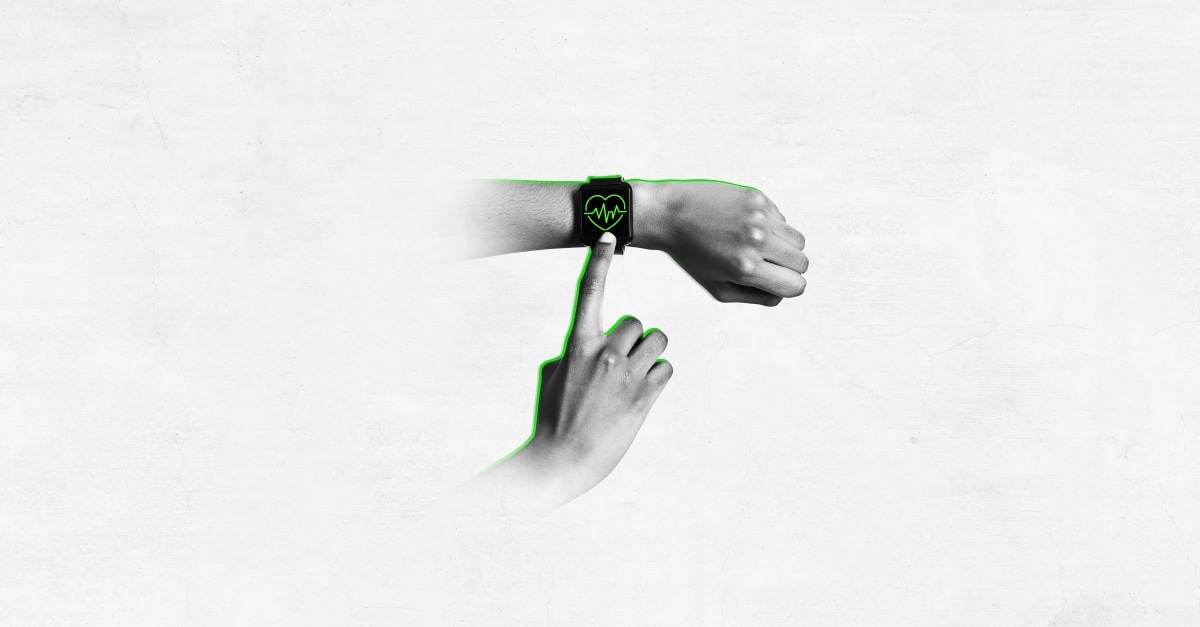
@ShahidNShah


Smartwatches and wearable medical devices help people monitor their health 24/7. Their impact could increase if doctors trust their utility and people feel their data is secure. Advances in sensors and artificial intelligence (AI) are helping millions detect and manage chronic health conditions and avoid serious illness on devices small enough to be worn on a wrist or penny-sized patch. Deloitte Global predicts that 320 million consumer health and wellness wearable devices will ship worldwide in 2022 (figure 1). By 2024, that figure will likely reach nearly 440 million units as new offerings hit the market and more health care providers become comfortable with using them. These numbers include both smartwatches, which are marketed to and purchased by consumers, and medical-grade wearables typically called “smart patches” which are often prescribed by health care professionals but are increasingly becoming available off the shelf.
While health care companies produce a range of devices that help patients monitor health markers intermittently including blood pressure cuffs and ECG monitors our analysis focuses on smartwatches and smart patches, which are seeing rapid consumer adoption.
Continue reading at 2.deloitte.com
Prior to COVID-19, some of the patients seeing dermatologist Jack Resneck Jr., MD, had to drive several hours to his practice to get care for serious chronic conditions. In some cases, those in-person …
Connecting innovation decision makers to authoritative information, institutions, people and insights.
Medigy accurately delivers healthcare and technology information, news and insight from around the world.
Medigy surfaces the world's best crowdsourced health tech offerings with social interactions and peer reviews.
© 2025 Netspective Foundation, Inc. All Rights Reserved.
Built on Apr 22, 2025 at 12:57pm